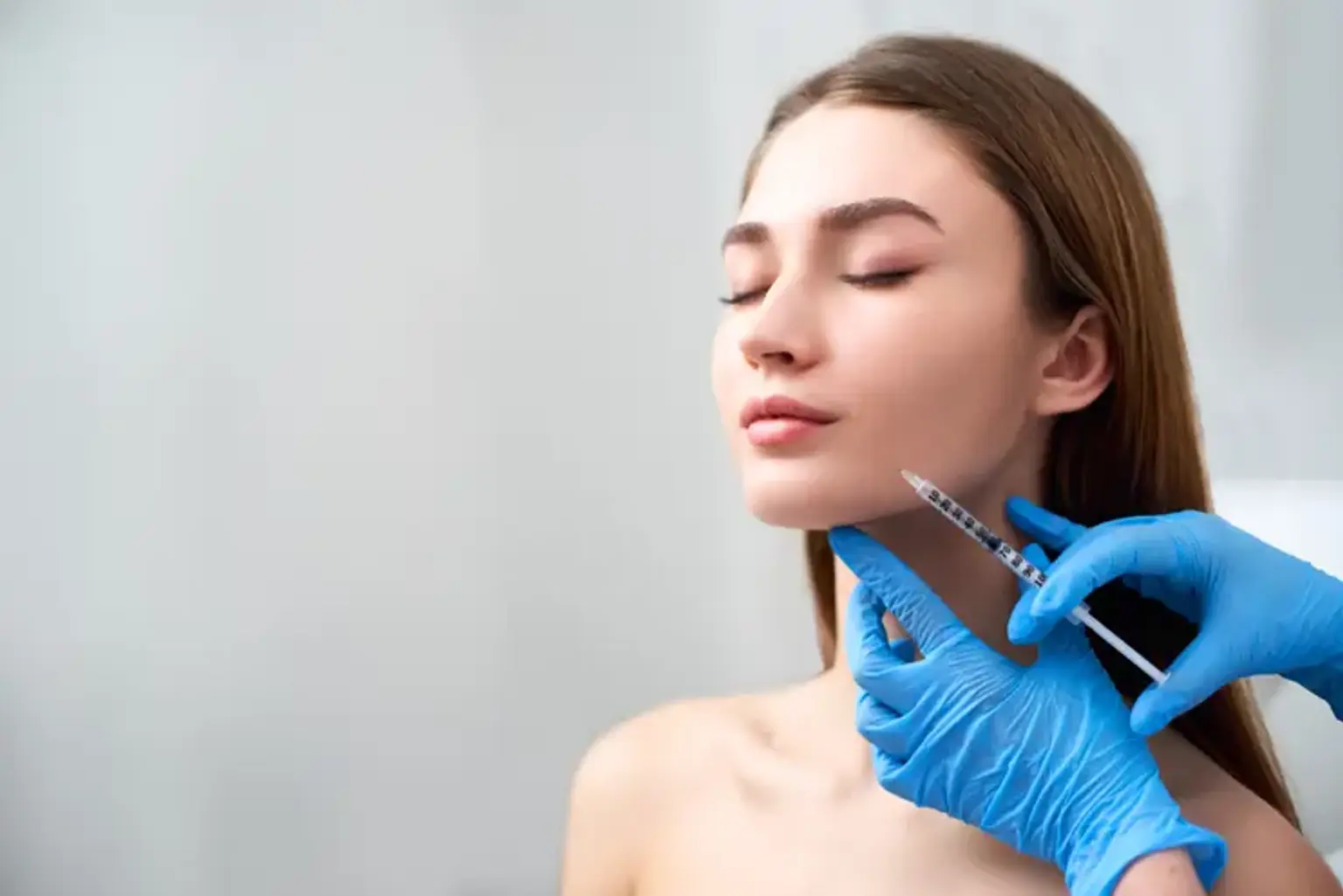The Role of Volume in Facial Aesthetics
Volume plays a critical role in achieving balanced, youthful facial aesthetics. When we are young, the face is naturally full, and the forehead area has a smooth, rounded contour. As we age, however, volume loss, particularly in the upper face, leads to sagging skin, wrinkles, and hollow areas. This loss can significantly impact the overall appearance, making the forehead appear more lined or sunken.
A youthful forehead typically has fullness that adds a smooth curve from the brows to the hairline. Restoring volume to the forehead, either through fillers or other non-surgical treatments, helps to maintain facial balance and can restore a more youthful, refreshed appearance. By addressing volume loss in the forehead, people can achieve a more lifted, contoured look, reducing signs of aging while preserving natural facial proportions.
Causes of Forehead Volume Loss
Forehead volume loss is an inevitable part of the aging process. As we get older, the body produces less collagen and elastin, key components that provide skin with structure and elasticity. This leads to thinning skin and a reduction in fat stores under the skin, which can result in a sunken or flat forehead. The change is gradual but noticeable as the years go by, often becoming more pronounced in the mid-30s to early 40s.
External factors, such as sun exposure, smoking, and poor skincare habits, can accelerate the loss of volume. UV rays break down collagen in the skin, contributing to premature aging. Genetics also play a significant role; some people are predisposed to experience volume loss earlier or more severely than others. Maintaining a healthy lifestyle, including a good skincare routine, can help slow this process, but many choose treatments like fillers to restore the lost volume.
Treatment Options for Forehead Volume Enhancement
When it comes to restoring volume to the forehead, several non-surgical treatments are available. Each treatment option has its benefits, and the best choice often depends on the individual’s needs, skin type, and goals.
